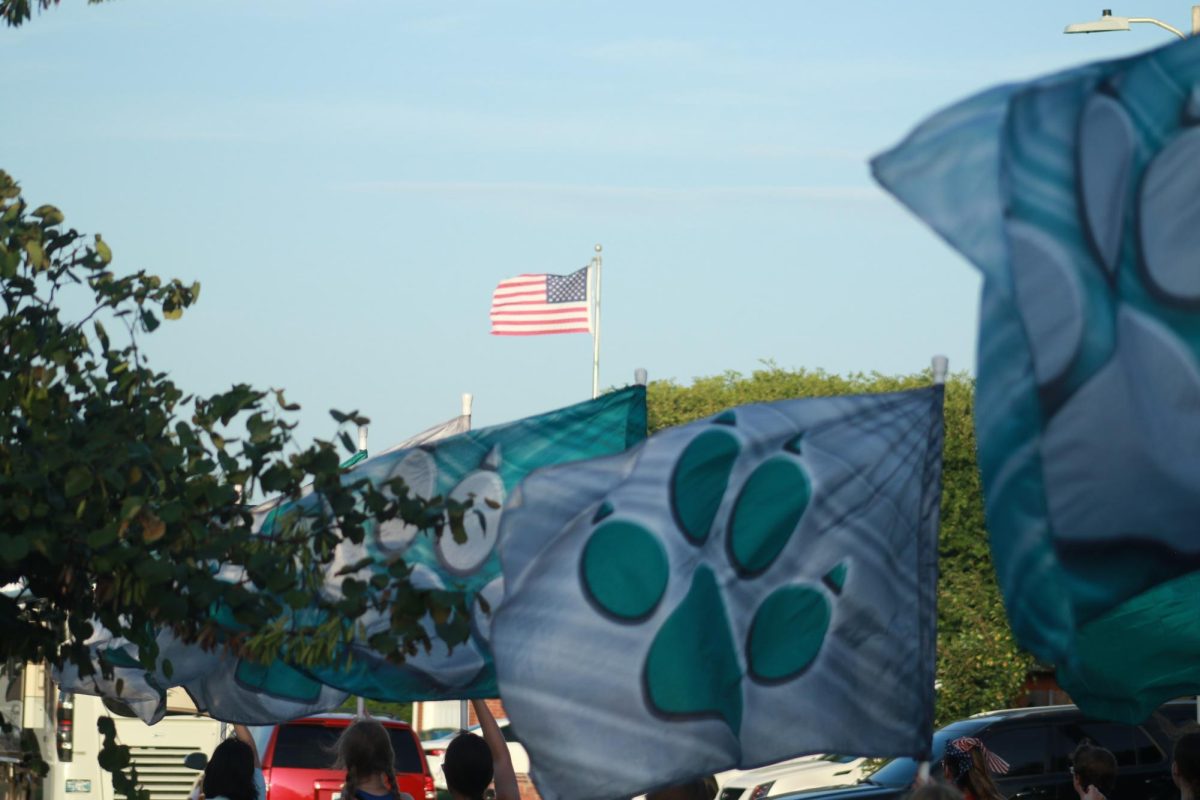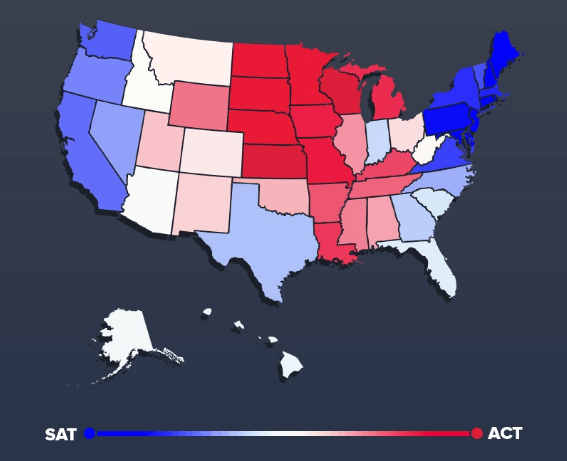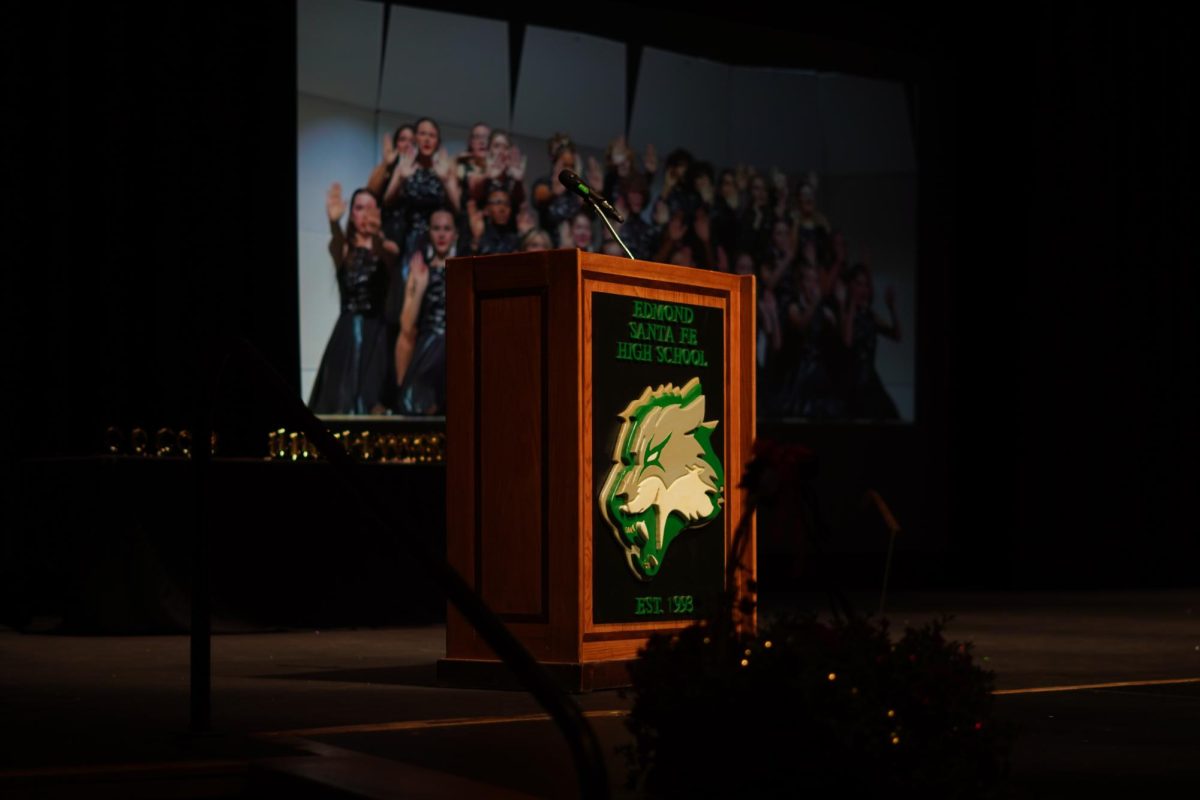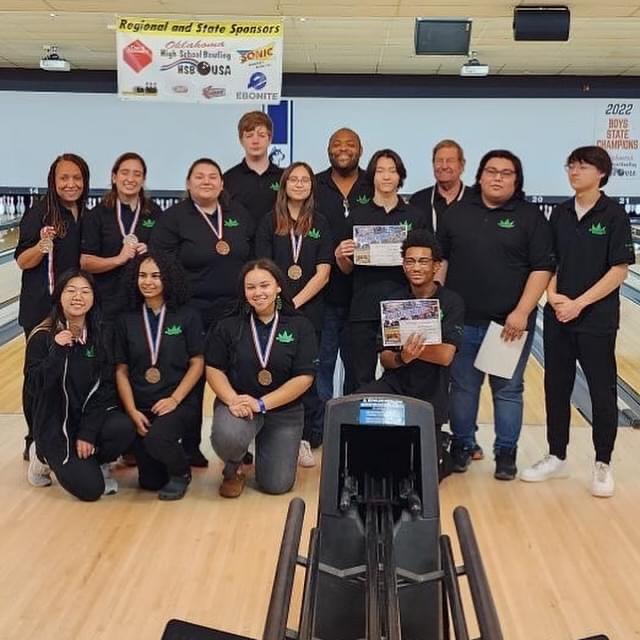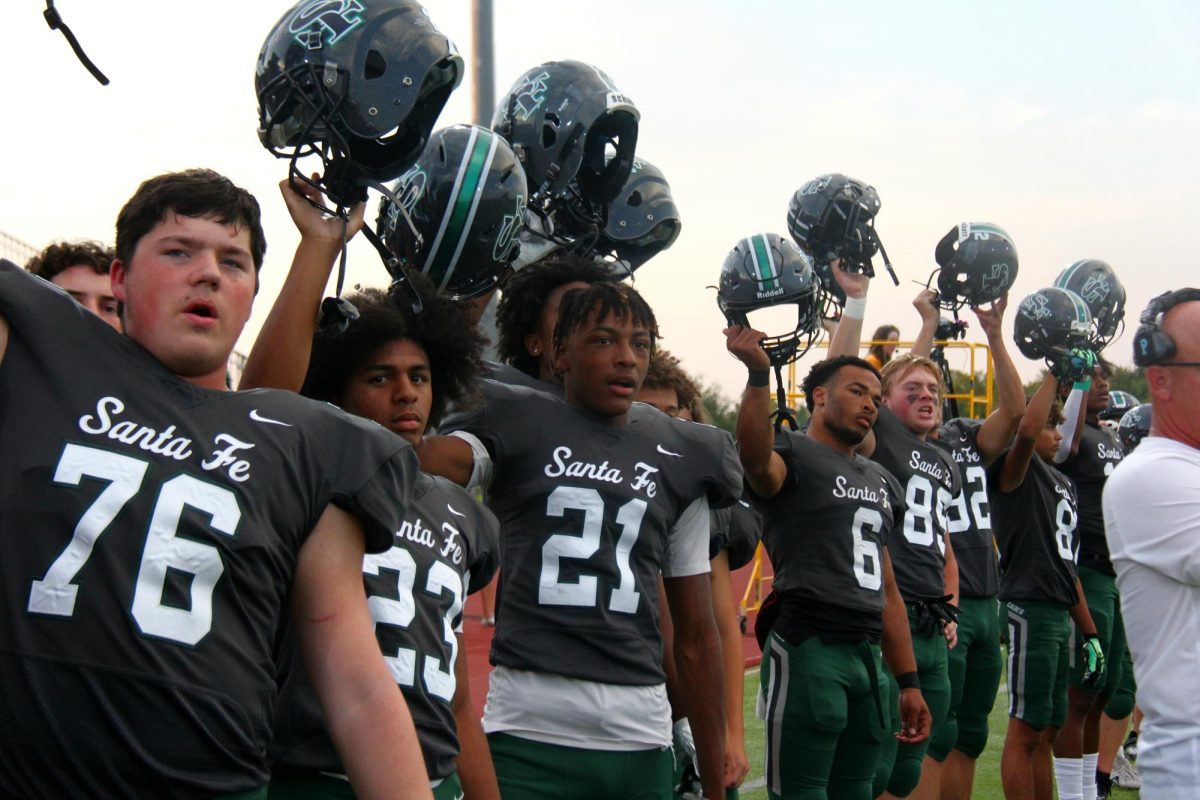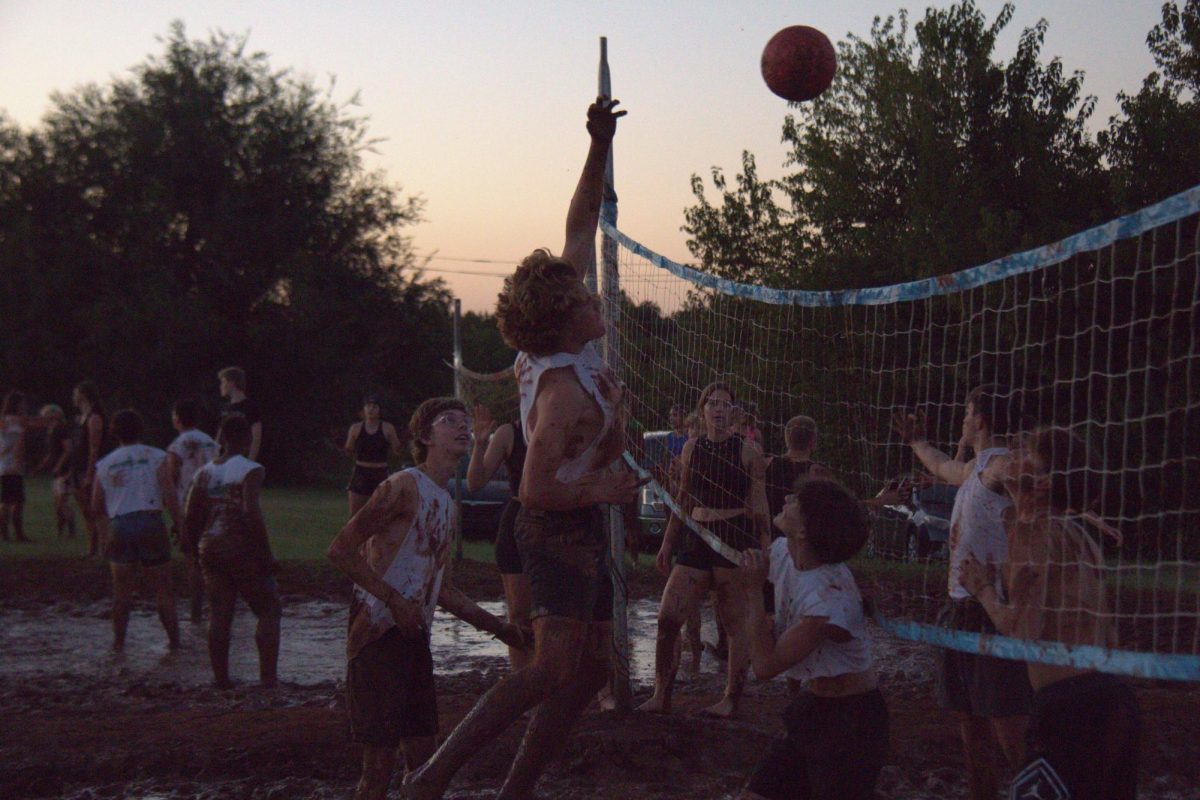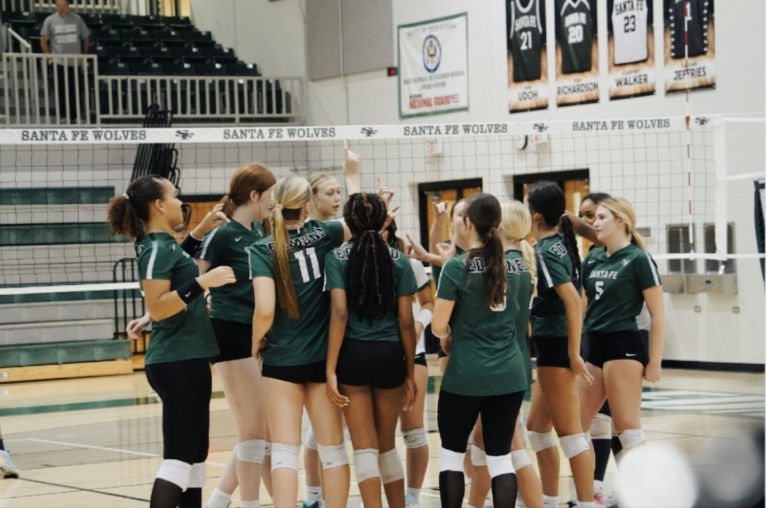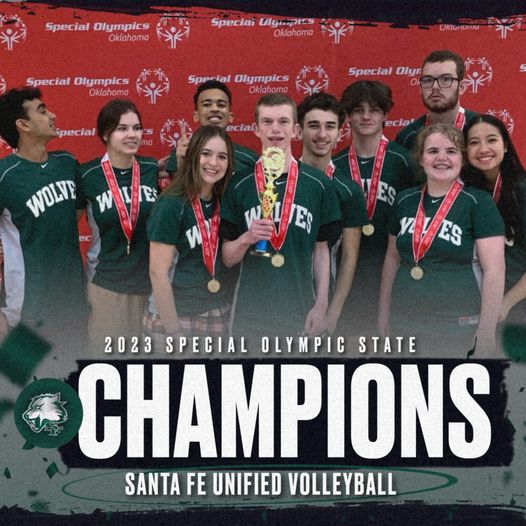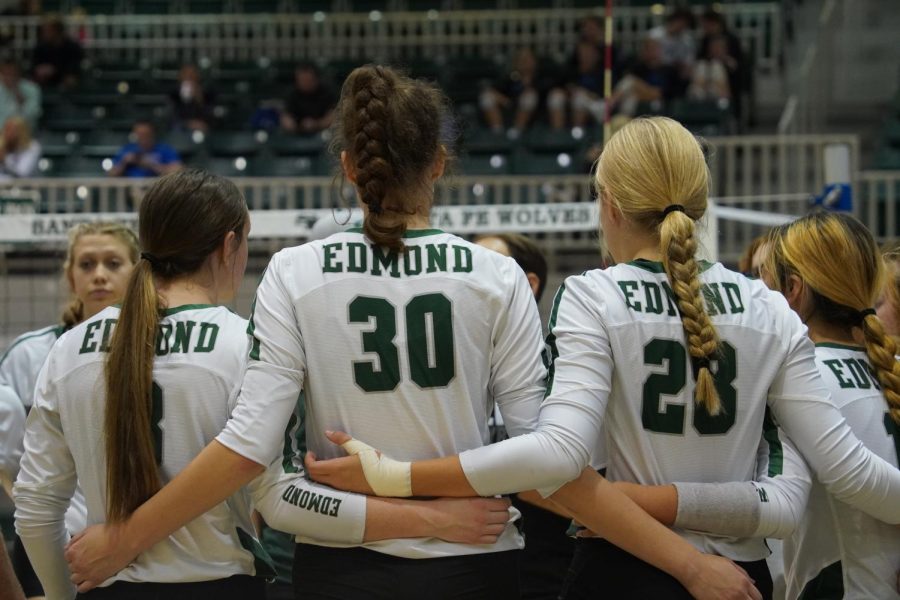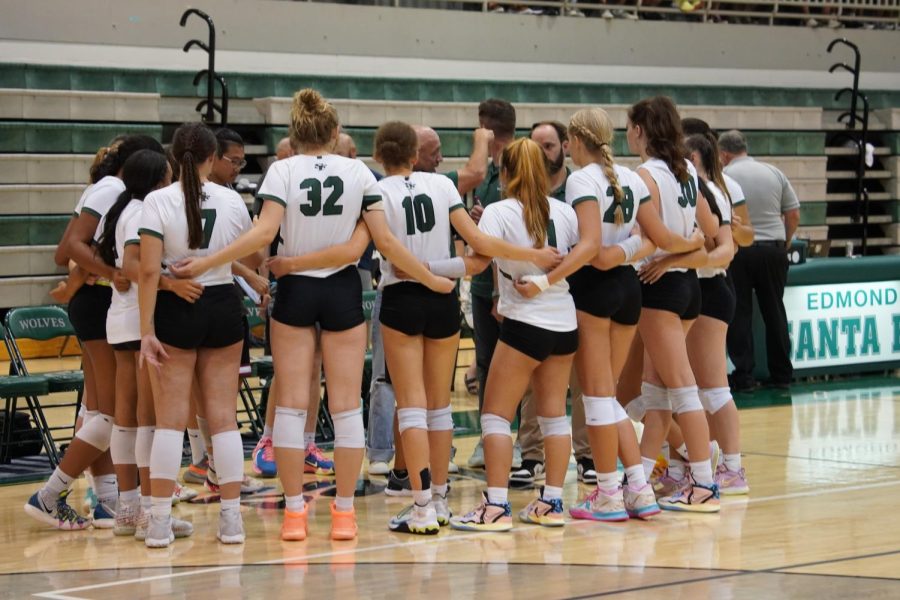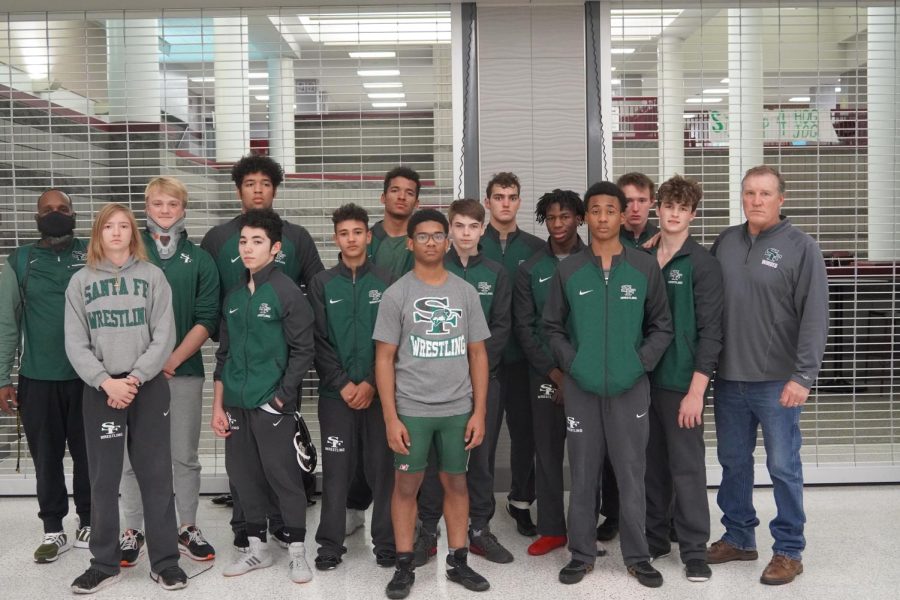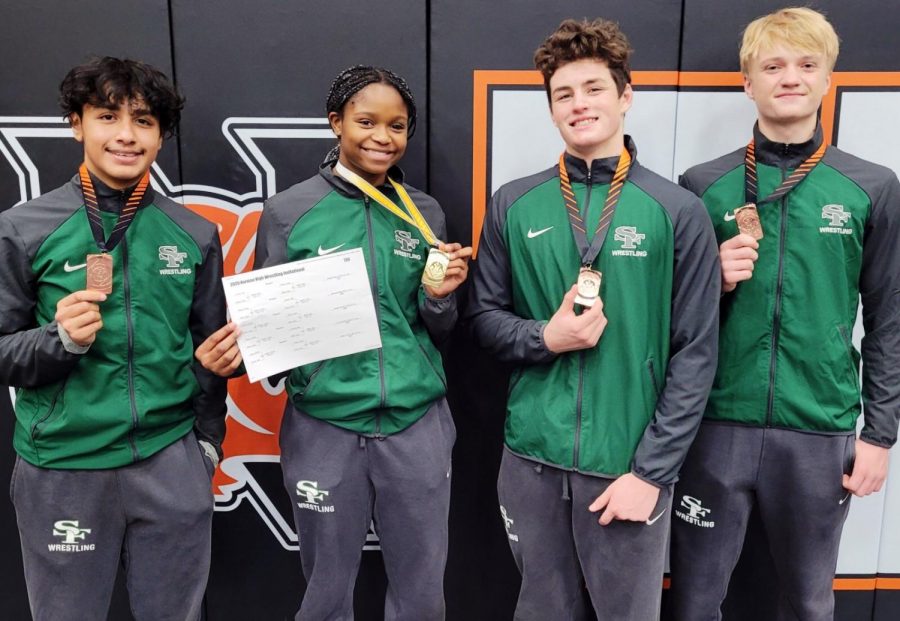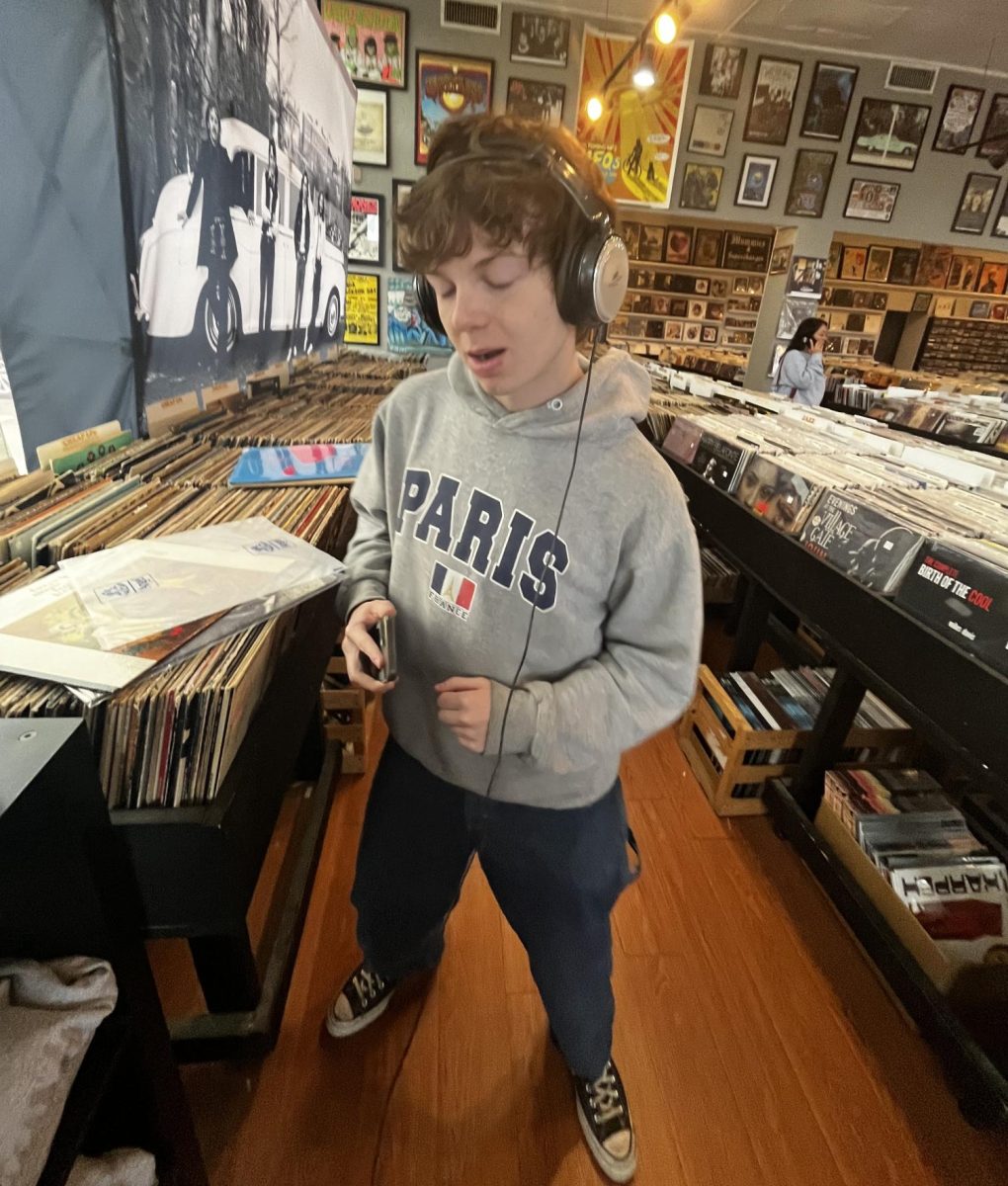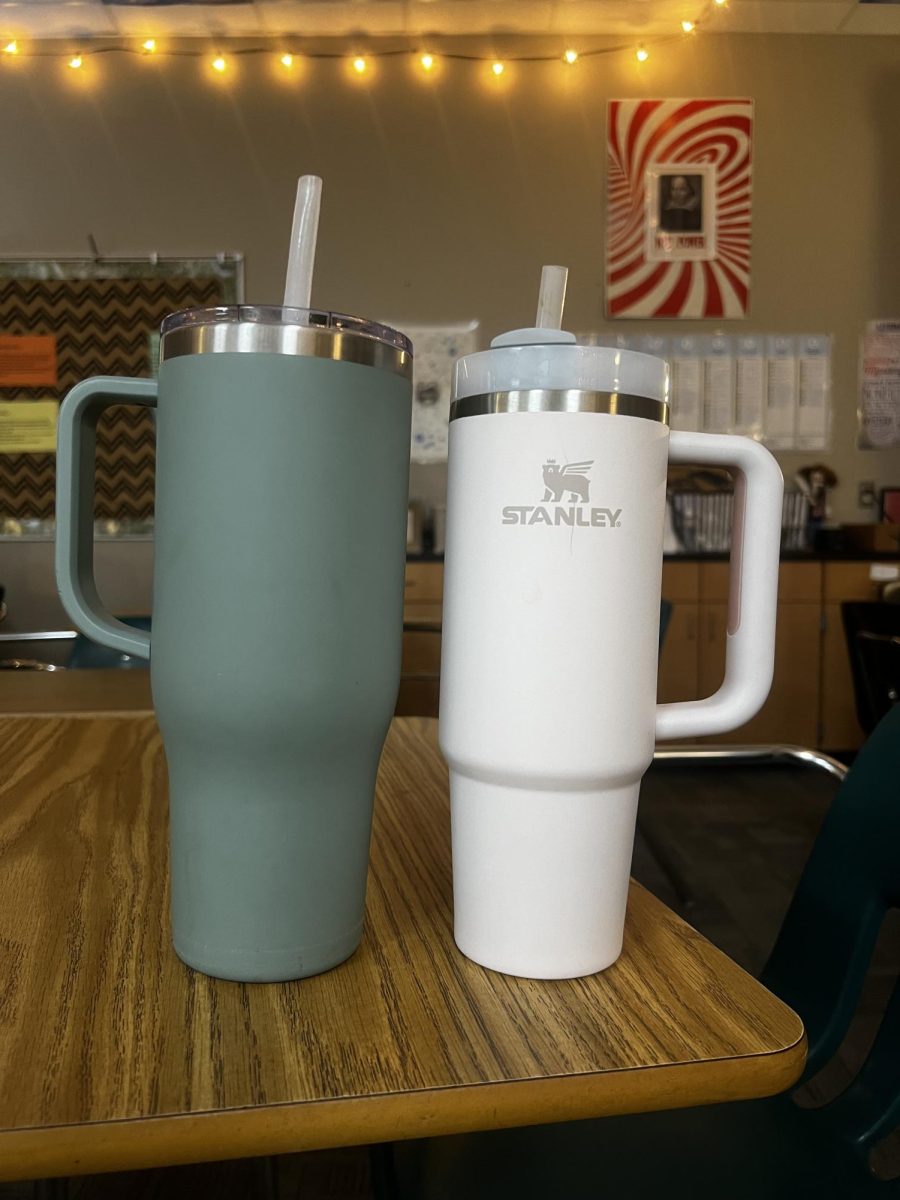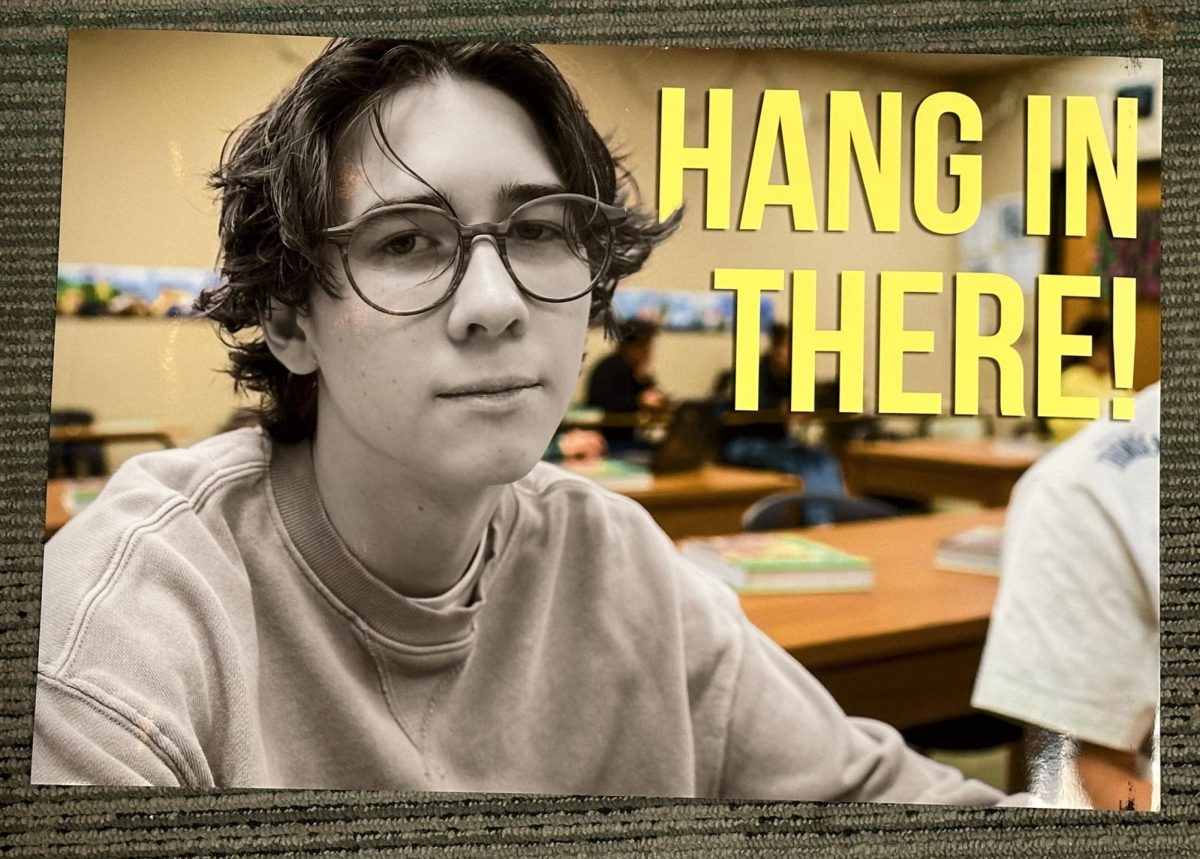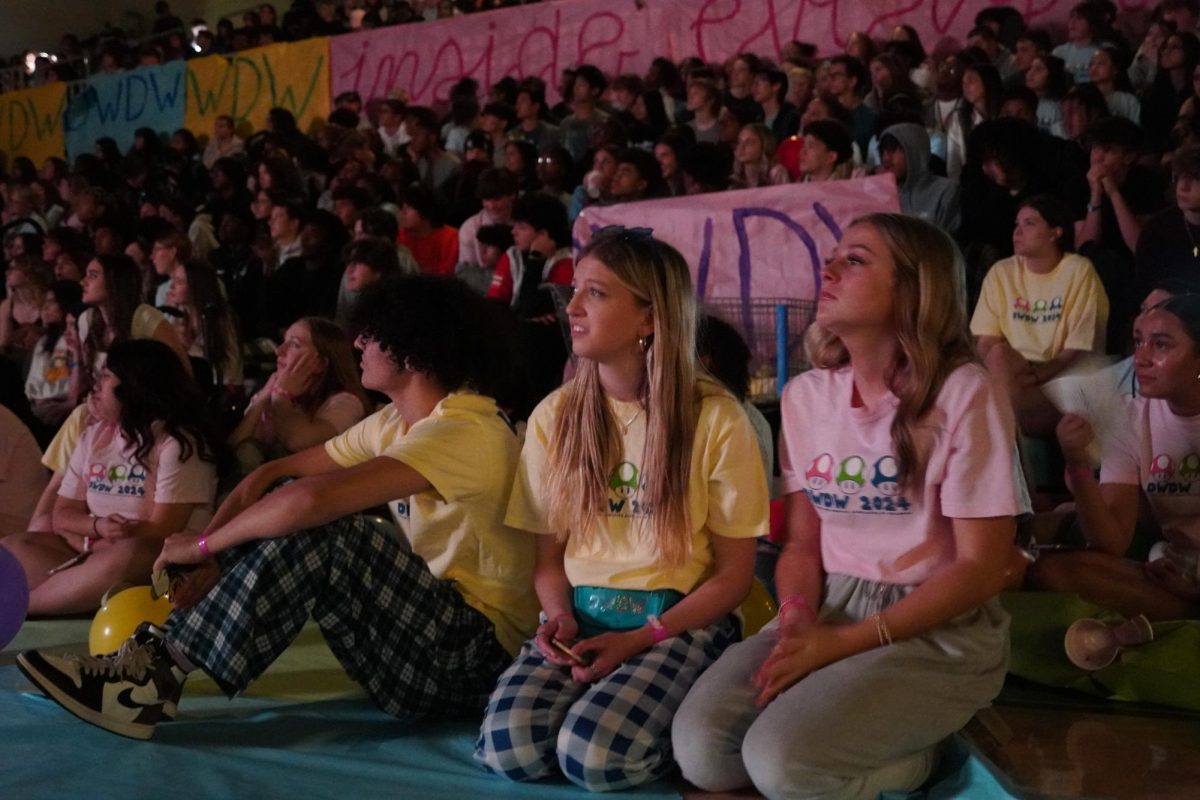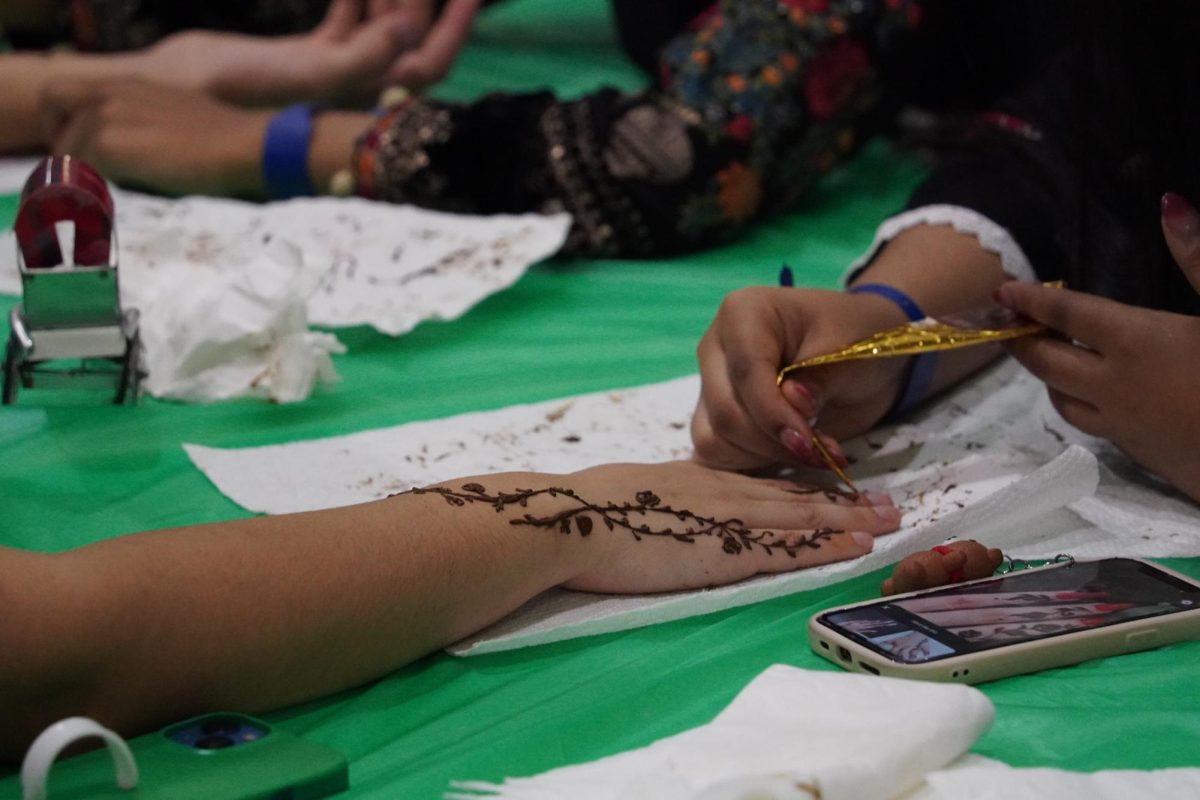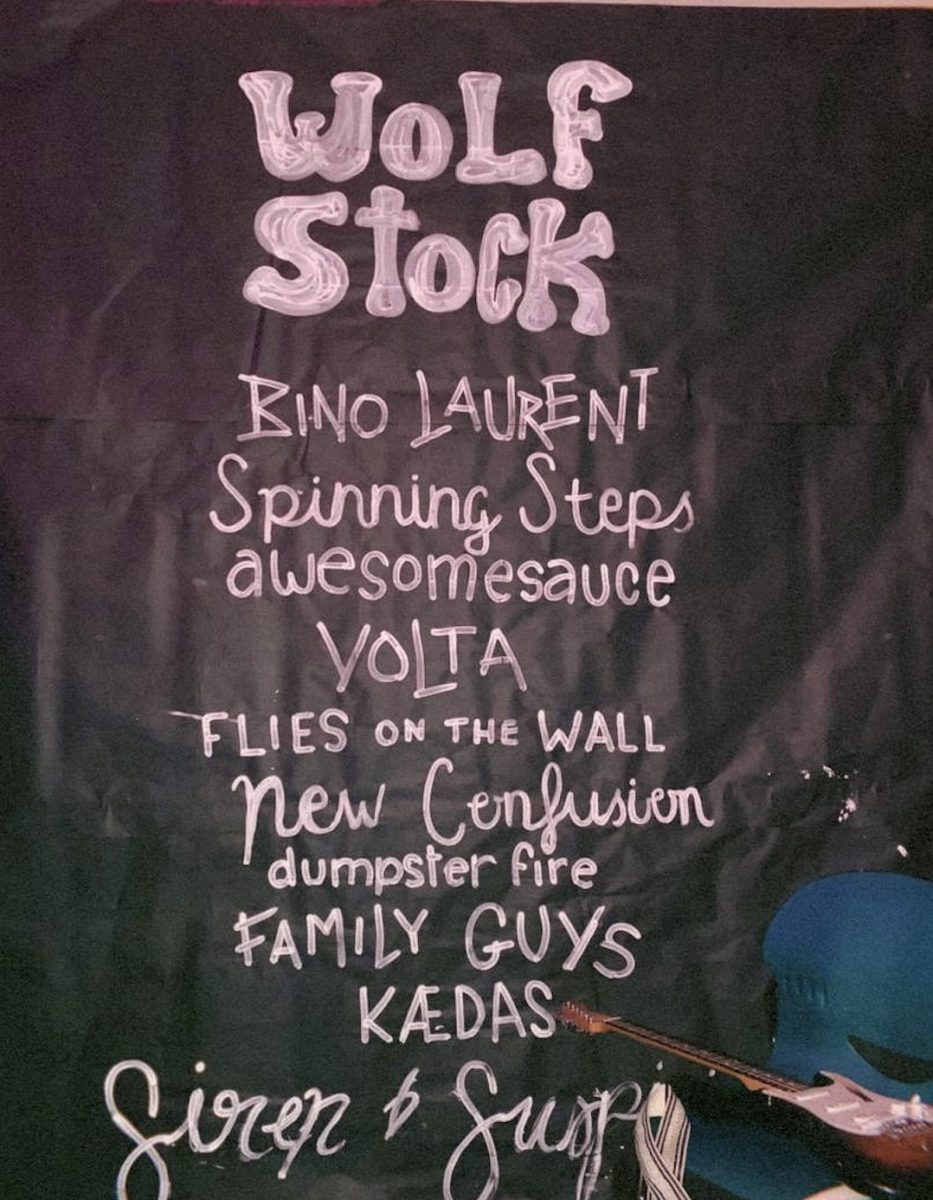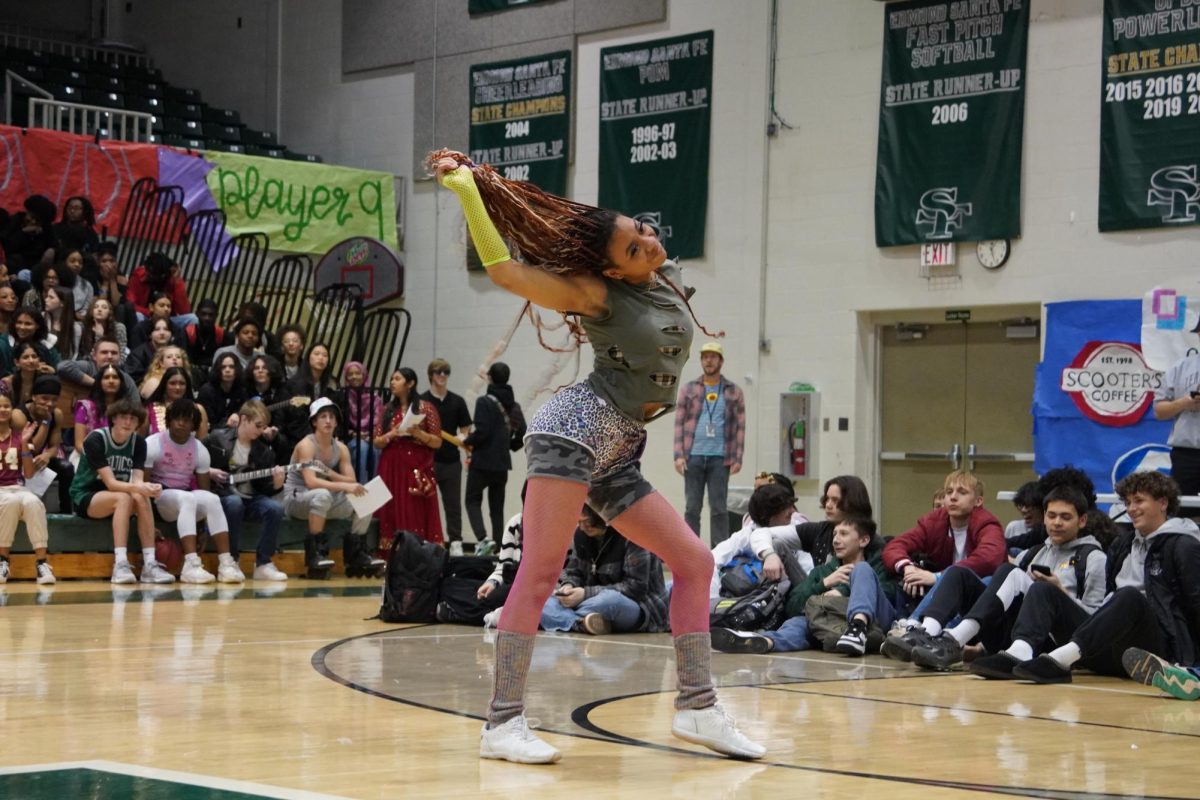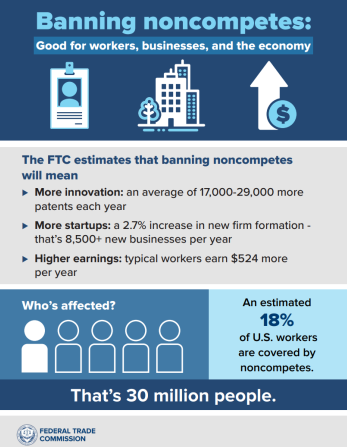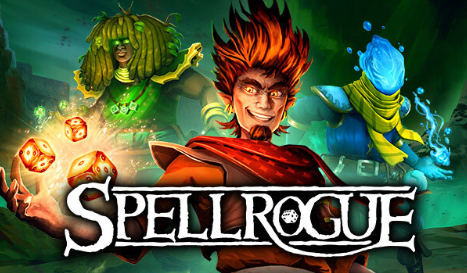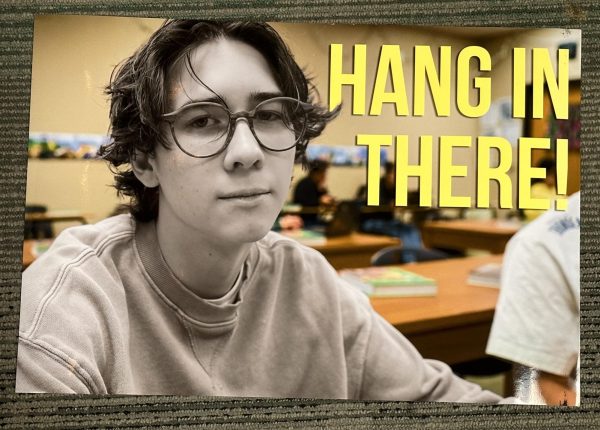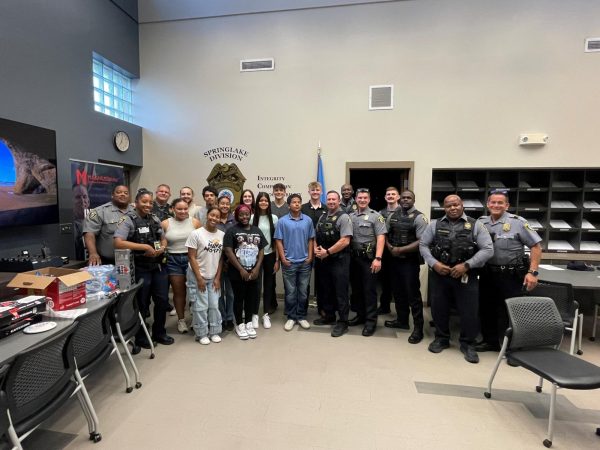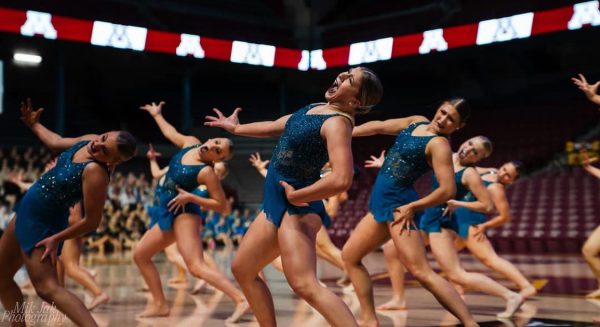Native American Heritage Day

rawpixel.com / U.S. Department of Defense (Source)
Johnny Velasquez, a member of the Apache tribe from New Mexico and son of Army Korean War Veteran displays his Native American regalia and honors his heritage during the inter-tribal open dance at the Native American Veterans Association’s Annual Veterans Appreciation and Heritage Day Pow Wow in South Gate, California, Nov. 8th and 9th.
November 25, 2022
Native American Heritage Month (NAHD) is upon us, with Nov. 25 being Native American Heritage Day.
Native American history is embedded in North America as a whole, but especially in Oklahoma.
Oklahoma Native American history starts with the tribes and people who were originally here, like the Paleo-Indians, the first known natives in America dating back nearly 10,000 years ago. This tribe and the tribes after them likely crossed from Asia and Siberia as most Native American tribes were nomadic and traveled for food and shelter.
Early Native American cultures consisted of huts or houses made of clay, wood and animal hide. The land was not owned by one man or person but was held communally and taken care of collectively.
They lived in a structural society of religious beliefs and political structures. An example is an elected tribal council or legislative body that governed the laws and tribal affairs.
The Native American tribes put themselves into hunter-gatherer tribes to help organize and sustain their tribes, Okhistory.org said in an article.
Today we have 574 federally recognized tribes in the United States; some more well-known tribes are the Choctaw, Cherokee, Chickasaw, Apache, Navajo, Muscogee(creek) and Sioux. Tribes today still fight for the recognition of Native people as a whole and for resources—the Indian wars of 1870 produced reservations for Native Americans in the plains and today’s tribes.
The current population of Native Americans today is 6.79 million. Oklahoma, Alaska and New Mexico are the three states with the highest population of Native Americans. Here at Santa Fe, there are 146 Native American students enrolled and 20 diverse tribes represented as well.
“My Cherokee culture is a part of my everyday life, especially in my class.” said Mrs.Mason, a member of the Cherokee tribe and History teacher at Santa Fe.”Being apart of the culture, teaching and learning from many different people is my favorite part about being Native American.”
When it comes to values in Native American Culture, hard work, respect and culture are a big part of their identity. With a resurgence of culture for all tribes and groups, there are many ways and opportunities to learn and immerse yourself in Native American culture no matter the month or day.



